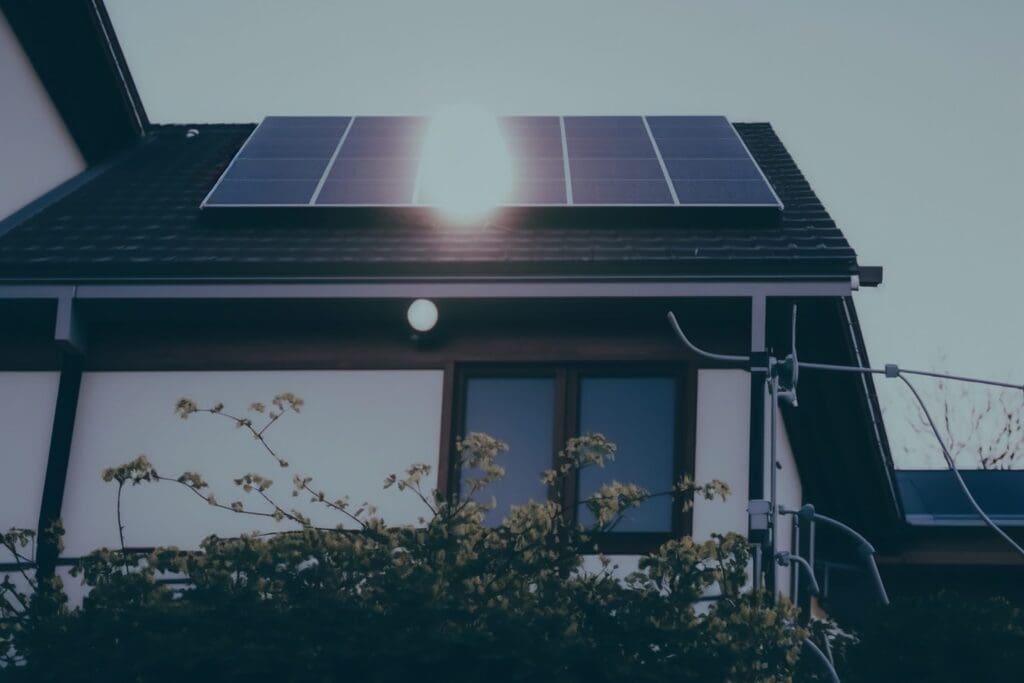
Published on April 6, 2023
If you’re thinking of re-roofing your home and including solar panels in the roofing structure, you’re definitely not alone. More and more homeowners are opting for this eco-friendly and effective solution for managing their home’s energy costs.
Still, there are a few things you should know before engaging with a roofing contractor. Knowing beforehand the things to look out for will help you navigate the process from start to finish.
For example, here are five things to know about re-roofing a house with solar panels. Some of these deal with re-roofing a house with existing panels. Others are more relevant to new panels being installed during a roofing project.
Re-Roofing A House With Solar Panels
1. The panels will need to be removed and reinstalled.
When you re-roof your home, the solar panels will need to be temporarily removed. Depending on the size and number of panels, solar panel removal can be complex and may take a lot of time. It’s important to choose a professional roofing company that has experience working with solar panels. This helps the process go as smoothly as possible.
2. You may need to upgrade your electrical system.
Solar panels generate electricity, which needs to be sent to your home’s electrical system. Depending on the age and capacity of your current system, you may need to upgrade it to accommodate the additional power. This is another reason to work with a roofing company that has experience with solar panels. They can help you navigate this process.
3. There may be additional costs involved.
Re-roofing with solar panels can be a bit more expensive than a traditional roof replacement. In addition to the cost of the panels themselves, there may be additional costs. These may include costs for the temporary removal and reinstallation of the panels, as well as electrical upgrades.
There are additional considerations, especially if you’re thinking about completely replacing your roof before installing solar panels. Speak with your roofing contractor about any additional costs you may incur when re-roofing a home with solar panels.
4. It’s important to choose the right type of panel.
Not all solar panels are created equal, and it’s important to choose the right type for your home and climate. The panel’s efficiency, durability, and temperature tolerance should all be taken into account. There are also aesthetic considerations that one may wish to consider. For example, the roof’s profile will change with the inclusion of new solar panels.
5. You may need to obtain permits.
Depending on where you live, you may need to obtain permits before installing solar panels on your roof. Make sure you research your local regulations and get any necessary permits before starting the re-roofing process. You might also want to check in with your HOA if you have one.
Renewable energy can save homeowners thousands of dollars in electricity bills, tax credits for solar panel installations, and other incentives. You’ll need to check your local and state laws to verify.
You can also ask your solar installation company for information. Solar companies should be able to provide you with the info you need regarding solar, system upgrades, and more.
Your roofing contractor may also be able to help. However, they are more likely to know about specific roofing aspects. These include roof materials (asphalt, tile, shingle roof, etc.), roofing repairs, and more.
Re-roofing your home with solar panels can be a smart and eco-friendly decision. It’s important to understand the process and potential costs involved.
Be sure to work with a professional roofing company that has experience with solar panels. That way, you can ensure that the project goes smoothly. Then you can enjoy the benefits of solar power for years to come.
Contact Warner Roofing if you have any questions.